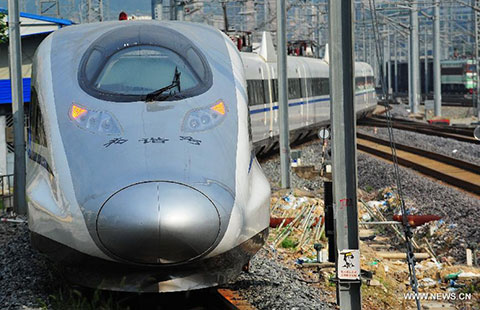China under pressure to meet fiscal revenue budget target
(Xinhua) Updated: 2015-06-29 07:48Local government debt worries
Meanwhile, Liu warned of debt risks of some local governments and called for establishing an evaluation and early warning system for such debts.
For years, China has struggled to rein in local government debts incurred through unbridled borrowing during the investment and construction binge which followed the 2009 global financial crisis.
There is no official public data on the size of the problem, but the NAO estimated direct local government debts at 10.9 trillion yuan at the end of June 2013. According to Liu, some 1.86 trillion yuan, or 17 percent, of this debt will mature this year.
A recent NAO survey of nine provinces, nine cities and nine counties discovered local government debts at the end of last year ballooned by 46 percent from the 2013 level.
Debt grew at a much slower rate in the first half of this year, expanding just 0.1 percent by the end of March compared with 2014, Liu said, cautioning that one third of the surveyed localities had seen their financial competence decline last year, and that the majority of them had not yet issued any bonds.
"Some local governments have difficulty in repaying their debts," he said.
The top auditor said an evaluation and early warning system for local government debts must be established to contain risks.
His views were echoed by Lou Jiwei, who saw a strong need for better management of local government bonds and wanted more private investment pumped into existing projects.
Debt swaps, which allow local governments to convert their debts to low interest bonds, should also be carried out effectively and sensibly, Lou said.
When deliberating the report Sunday afternoon, Lyu Wei, a member of the NPC Standing Committee, said the biggest risk was that we do not know how much exactly the local government debts are.
She suggested that hidden debts should be publicized in a bid to strengthen the repaying capacity.
- Signing of AIIB agreement is historic step
- China's vocational institutions train 130m in 19 years
- Overseas Chinese entrepreneurs to convene in Beijing
- Biggest swing since 1992 sends stocks lower
- Philippines mulls membership in AIIB
- China-EU cooperation conforms to interests of each side
- County woman tailors her success online
- Lenovo's parent company Legend Holdings starts trading on HKSE

















